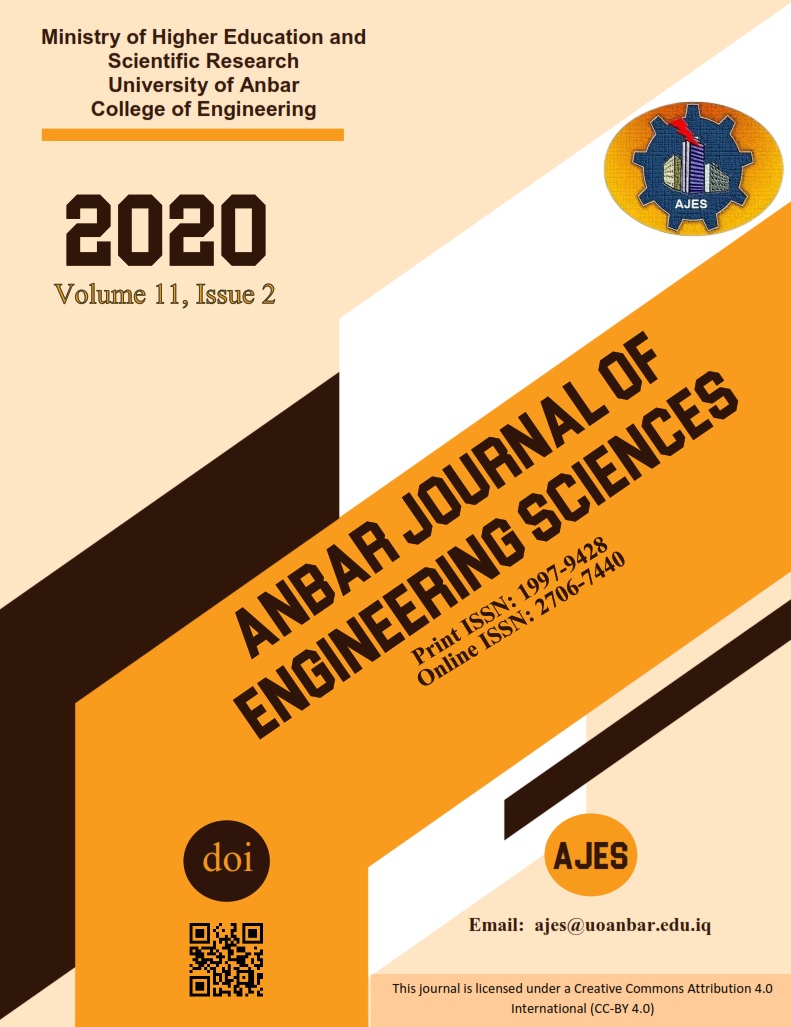Abstract
Friction welding method is one of the most efficient and effective techniques for joining similar and dissimilar materials. The AISI 304 austenitic stainless-steel is a most common type of austenitic stainless steel which is used in various practical applications like automotive, food manufacturing, chemical applications, etc. Therefore, the impact strength and microstructure behavior of friction welded AISI 304 austenitic stainless-steel joints were investigated. The specimens were divided into two groups, the surface of the first group was flat while the interface of the second group was designed by fabricating a pin and hole. The effect of different forging pressure (192.4, 240.5, 288.6 and 384.8 MPa) on impact toughness and microstructure behavior of AISI 304 were examined using Charpy impact tester and optical microscope, respectively. The minimum impact strength was observed at 240.5 MPa for flat interface samples whereas, the maximum impact strength value (0.5675 J/mm2) was at 388.6 MPa forging pressure for pin interface samples. In addition, the ductile mode in pin type for all cases while both, brittle and ductile mode in the flat joint was noticed. Finally, it was concluded that the impact strength improved with designing a pin and hole shape at the joint interface.
